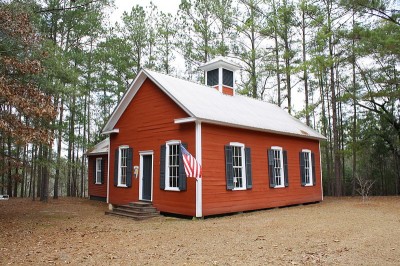You might have forgotten about the small schools movement amid all the recent hubbub about overhauling teacher evaluations. But a study released on January 25th reminds us that only a few years ago, reducing the number of total students in a school was seen as a key weapon in the arsenal of urban school reform, and suggests that perhaps small schools shouldn’t have been so quickly abandoned as a reform strategy. 
In 2010, MDRC, a nonpartisan, New York-based research group, found that New York City students who attended small high schools were more likely to graduate than their counterparts who applied to but didn’t ultimately attend small schools. A new study confirms the previous findings. A second group of students who cycled through the city’s small schools also had a greater likelihood of graduating than students at other, comparable schools.
New York City’s small schools aren’t selective, but they do have lotteries because of space constraints. The latest MDRC study followed cohorts of students who either won or lost the lottery to ensure the two groups were comparable.
There are more than 100 small schools in the city, many of which opened in the last decade under the Bloomberg administration. And other cities also embraced downsized schools as a way to improve student achievement. But the concept seems to have fallen out of favor, in part because the billions of U.S. dollars that the Bill & Melinda Gates Foundation was giving to the movement dried up due to “disappointing” results. (Disclosure: The Gates Foundation is among the funders of The Hechinger Report.)
Also, there was—and continues to be—quite a lot of conflict over the other side of the small schools movement: the closure of big schools. One report about New York City’s small schools said they had a domino effect on larger schools: As big schools were shut down to make way for smaller ones, many students—often those with lower test-scores and less wherewithal to find their way to small schools—were funneled into the remaining large schools, which struggled and were then also slated for closure and replacement by new small schools.
And while small schools, on average, appear to be doing better with the students they receive, quite a few have done badly enough to meet the same fate as many of their bigger counterparts.
Nevertheless, the study’s authors say their evidence suggests that small schools remain a good idea: The graduation rate for students in the study’s small schools was nearly 69 percent, compared to 62 percent of students in the study’s other schools. The overall graduation rate in New York City’s public high schools is 70 percent.



